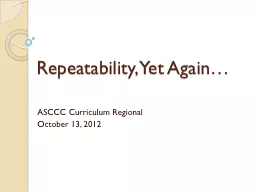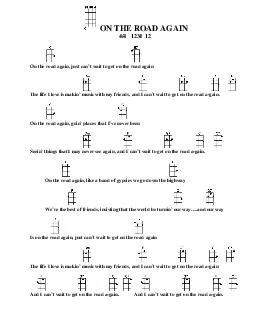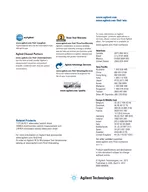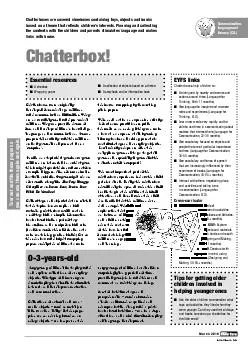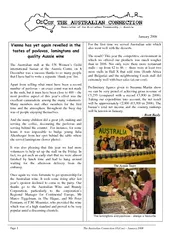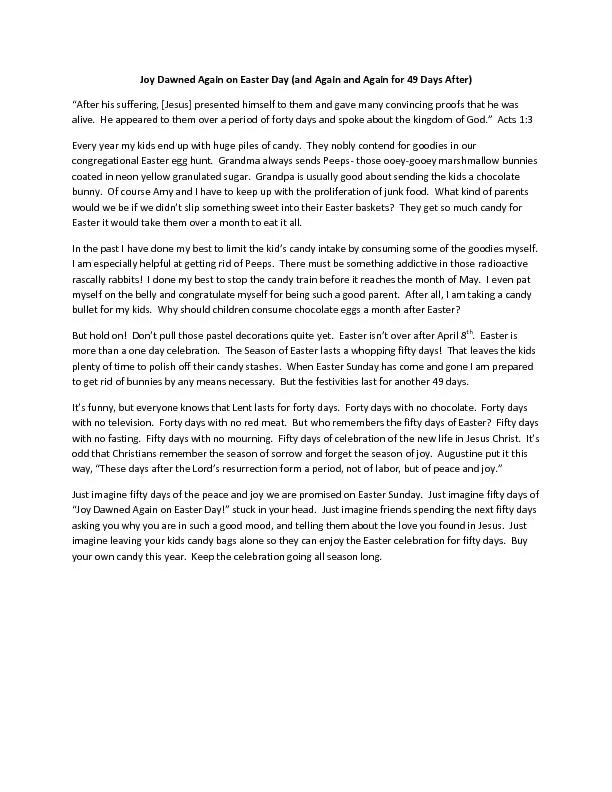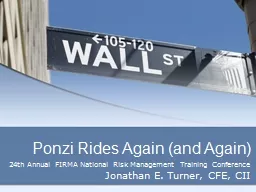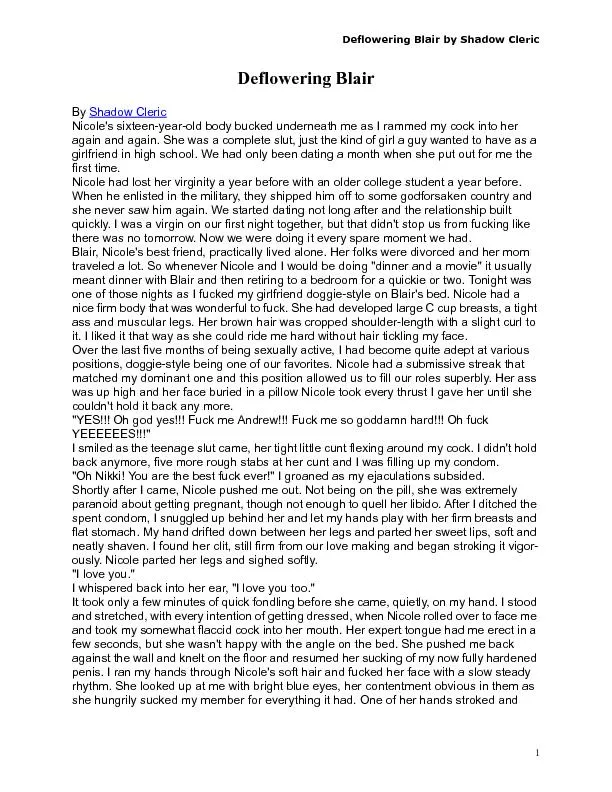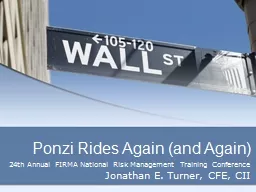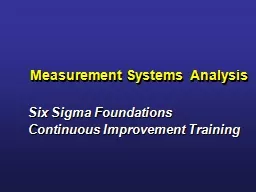PPT-Repeatability, Yet Again…
Author : mitsue-stanley | Published Date : 2016-07-02
ASCCC Curriculum Regional October 13 2012 Topics Whats Changed The View from the Soapbox Repeatability When Why How Course Families Curriculum Committees Questions
Presentation Embed Code
Download Presentation
Download Presentation The PPT/PDF document "Repeatability, Yet Again…" is the property of its rightful owner. Permission is granted to download and print the materials on this website for personal, non-commercial use only, and to display it on your personal computer provided you do not modify the materials and that you retain all copyright notices contained in the materials. By downloading content from our website, you accept the terms of this agreement.
Repeatability, Yet Again…: Transcript
Download Rules Of Document
"Repeatability, Yet Again…"The content belongs to its owner. You may download and print it for personal use, without modification, and keep all copyright notices. By downloading, you agree to these terms.
Related Documents

